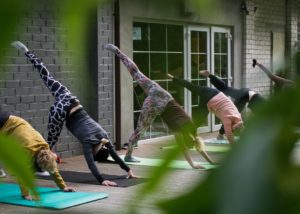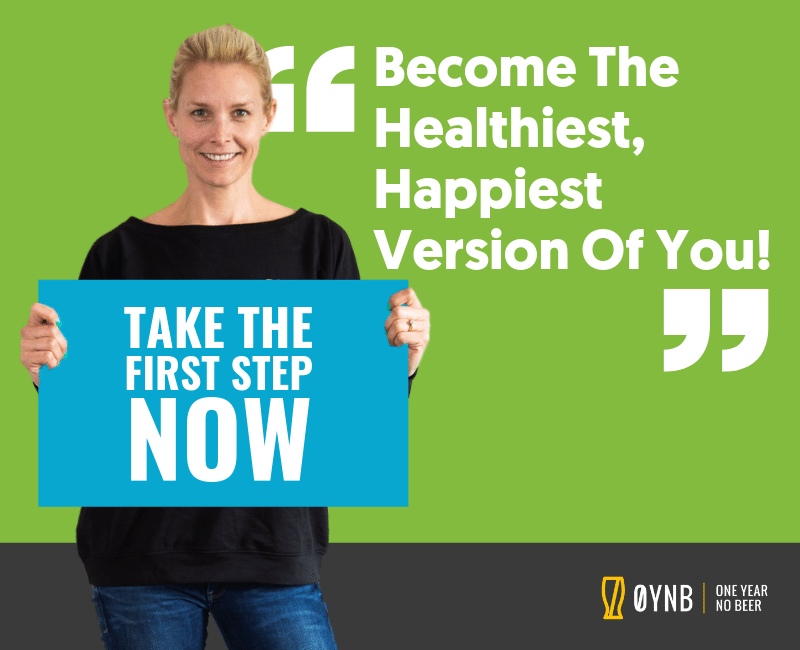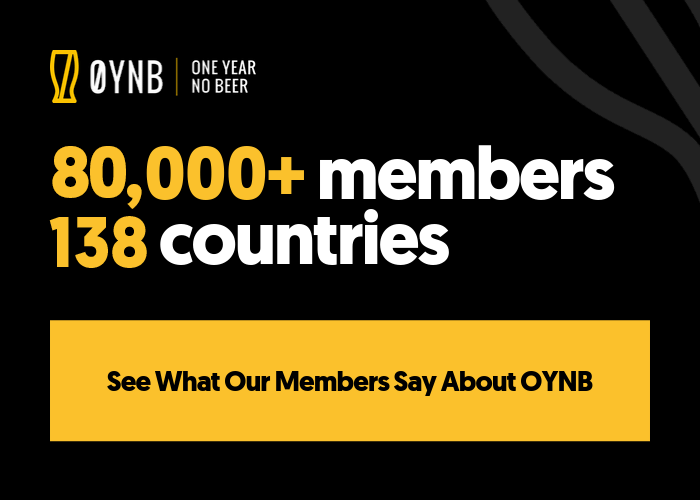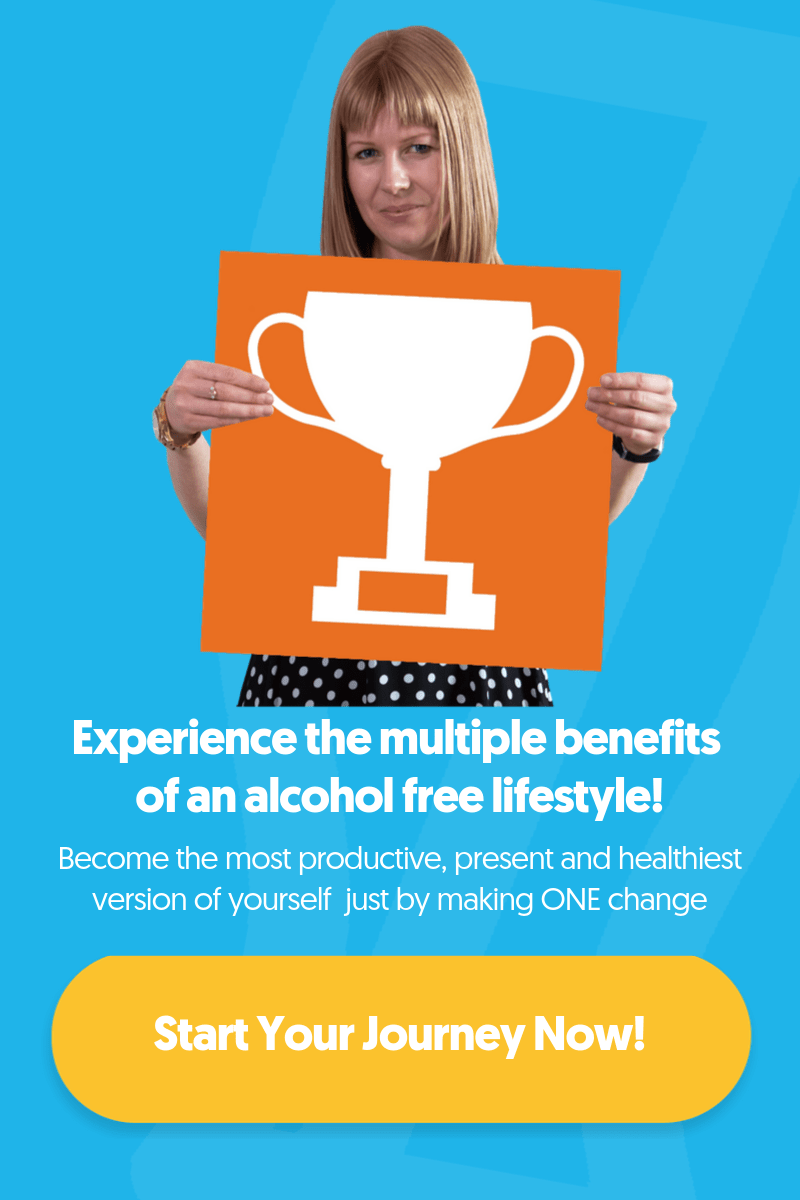There’s no denying that modern life is pretty fast paced, and reaching for a glass of wine at the end of the day, or a grabbing beer with colleagues after a tough week can feel like a natural way to unwind. The problem is, although the first glass might feel relaxing, alcohol can actually perpetuate an employee’s feelings of stress and anxiety, rather than help them to truly unwind after work. Why? Well, alcohol upsets the chemical balance in the brain – it’s a sedative, so that first drink begins to sedate the part of the brain that controls inhibition (which is also why people end up doing things at the Christmas party that they wouldn’t do in the office on a Monday morning, but that’s for another time…). The problem for our stress and anxiety begins when those sedating processes in the brain wear off – and we need another drink to keep that relaxed feeling flowing. Over time, the greater our tolerance becomes and the more we need to drink to feel relaxed.
The problem with alcohol and anxiety
But what’s wrong with that, really? Well alcohol withdrawal (a hangover, even a slight one) can actually create more feelings of anxiety, leading us to want to drink more. It also disrupts our sleep patterns and stops us from getting deep REM sleep, and research has found that a lack of adequate sleep affects mood, motivation, judgment, and our perception of events. Not great when you’ve got a big presentation with an important client coming up, or if you’re making high risk decisions for the team all day.
But some companies are not only helping their employees tackle the inevitable stresses of modern day working life without alcohol, they are providing tools that simultaneously help them to be more productive and efficient at work, gaining time, productivity, and most excitingly, money.
An inspiring example


The basics of mindfulness
Yoga is one fantastic way to benefit employee wellbeing, mindfulness is another. Mindfulness can be practiced in everyday life, or during a meditation. The basic concept is:
- Stop ‘doing’, and allow yourself to ‘be’, even if just for a few moments.
- Pay attention: get curious and notice the surroundings in your present experience.
- Find awareness around how you feel in this moment. Observe any thoughts that take you away from your present experience – about yesterday’s meeting or tomorrow’s deadline, and allow them to pass. Keep your awareness only on your feelings and sensations in the present moment.
Be mindful of the benefits


All you need is a meeting room space, and employees of any age or ability can take part. A mindfulness practice can be slotted into a lunch break, a tea break, or even a brief ‘pause’ at the beginning or end of every meeting; it’s a low cost, and low time-investment offering for companies, that promises huge benefits.
So whether it is yoga, meditation or something else, there are many alternatives to having a drink after work that can help employees unwind. By encouraging these, you are more likely to have happy and healthy employees who can be productive in the workplace.
If you are interested in finding out more about OYNB and the corporate programs for alcohol-free challenges, contact [email protected].



An entrepreneur and former senior oil broker, Ruari gave up drinking after excessive consumption almost cost him his marriage, and worse, his life. Going alcohol-free improved his relationships, career and energy levels, leading to him founding OYNB to provide a support network for others.







